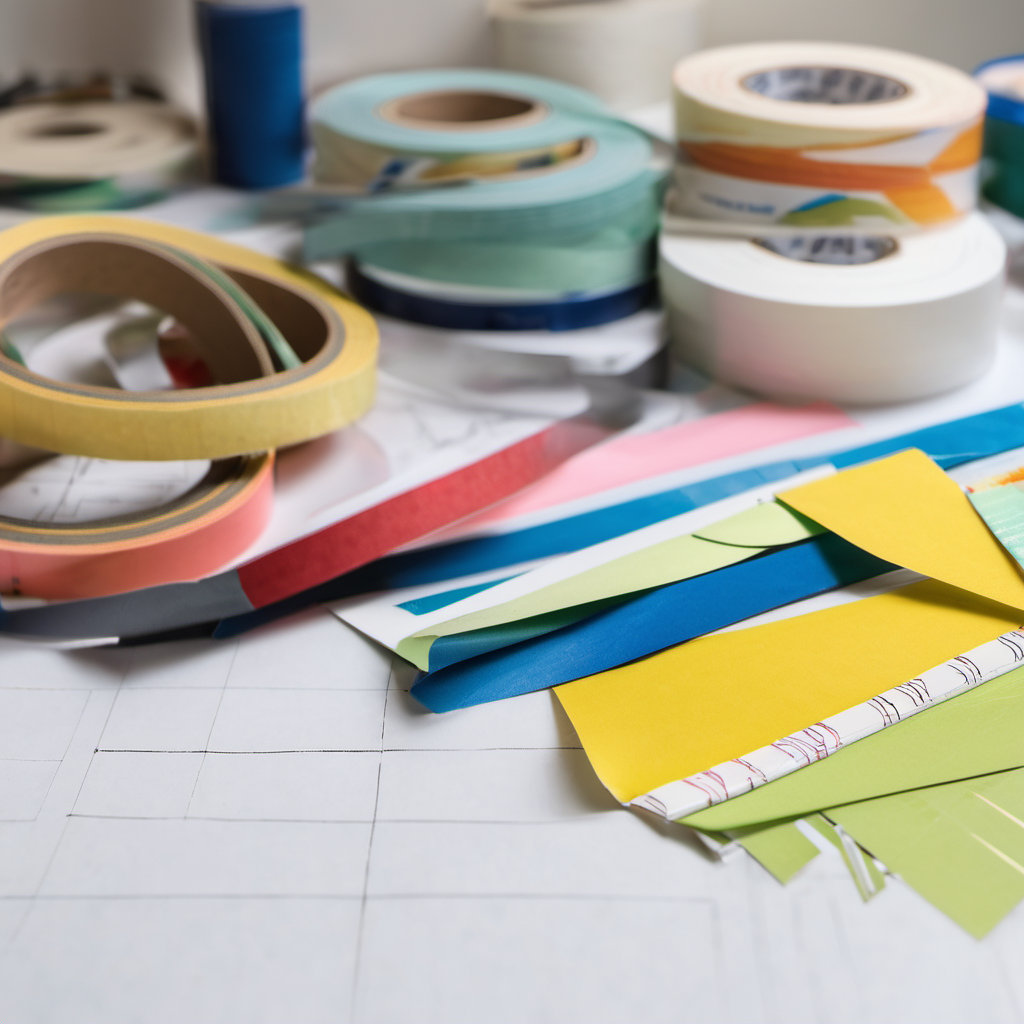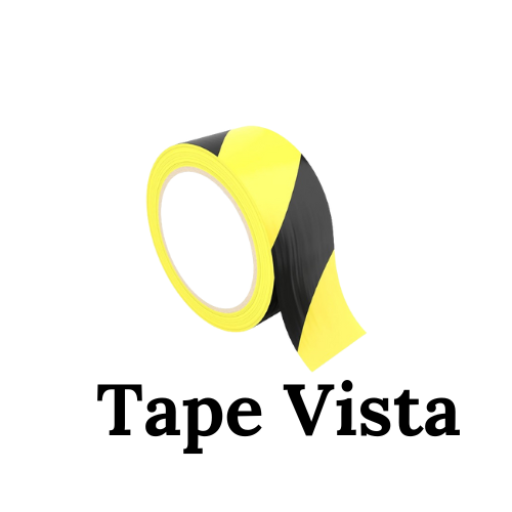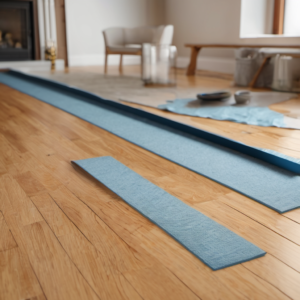Tapes are versatile tools with diverse applications, and two types that often find themselves in the creative and design realms are Artist tape and Drafting tape. These seemingly similar yet distinct tapes play crucial roles in various industries. Let’s unravel the differences between them and understand their unique characteristics.
Table of Contents
ToggleArtist tape
Artist tape is a specialized tape designed for artistic endeavors. It boasts features that cater to the needs of artists, providing a reliable medium for creating, crafting, and presenting artwork. Its adhesive properties are calibrated to secure materials without causing damage, making it a preferred choice in the world of creativity.
Drafting Tape
Drafting tape, on the other hand, is a tape specifically tailored for technical and design applications. Architects, engineers, and drafters often rely on drafting tape to affix drawings, blueprints, or other design elements temporarily. Its adhesive is chosen to hold materials securely in place during the drafting process.

1. Fundamental Definitions
Artist tape: A tape crafted for artistic pursuits, featuring a gentle adhesive to secure various art materials without causing damage.
Drafting Tape: Tailored for technical applications, drafting tape possesses an adhesive suitable for affixing drawings or design elements temporarily during the drafting process.
2. Key Characteristics
Artist tape typically has a lower tack adhesive, allowing for repositioning and removal without damaging delicate surfaces. It comes in a variety of widths and colors to accommodate different artistic needs. Drafting tape, on the other hand, often has a slightly stronger adhesive to securely hold technical drawings in place without slippage during drafting.
3. Usage and Applications
Artist tape: Ideal for securing paper, canvas, or delicate surfaces during artistic projects. Used for creating clean edges in paintings or masking off sections for different color applications.
Drafting Tape: Commonly employed in architectural and engineering settings to affix technical drawings, blueprints, or layouts. Ensures stability during the drafting process, preventing unintended movement of essential design elements.
4. Examples and Illustrations
Artist tape: Imagine an artist using Artist tape to mask off sections of a canvas, ensuring precise lines and color separations in a painting.
Drafting Tape: Picture an architect relying on drafting tape to secure a complex blueprint to a drafting board, maintaining accuracy during the detailed drawing process.
5. Impact and Significance
Artist tape: Crucial in maintaining the integrity of delicate art projects, Artist tape contributes to the visual aesthetics and precision of artistic creations.
Drafting Tape: In the world of design and architecture, drafting tape plays a pivotal role in ensuring the accuracy and stability of technical drawings, impacting the quality of the final product.
6. Similarities and Overlaps
While both tapes serve adhesive purposes, their key distinction lies in the intended application. Some similarities may exist in terms of materials used or adhesive technologies, but the primary function and characteristics set them apart.
Key Difference Table
| Characteristic | Artist tape | Drafting Tape |
|---|---|---|
| Adhesive Strength | Lower tack for repositioning in art projects | Slightly stronger for stability in drafting |
| Width and Color Variations | Varied options for artistic expression | Often standard widths, neutral colors |
| Primary Application | Artistic creations | Technical drawings and design layouts |
| Industry Impact | Visual arts | Architecture, engineering, and design |
Frequently Asked Questions (FAQs)
Can I use Artist tape in technical drafting?
A1: While possible, it may not provide the same level of stability as drafting tape due to its lower tack adhesive designed for artistic projects.
Is Drafting tape suitable for delicate art projects?
A2: It can be used, but its stronger adhesive may pose a risk of damaging delicate surfaces, making Artist tape a more appropriate choice.
Are there alternatives that bridge the gap between Artist tape and Drafting tape?
A3: Some tapes may share characteristics of both, but choosing the right tape depends on the specific requirements of the project.
Can drafting tape be used on canvas?
A4: Yes, drafting tape can be used on canvas, especially for securing preliminary drawings or sketches during the artistic process.
Are these tapes easily removable?
A5: Both tapes are designed for temporary applications, allowing for easy removal without causing damage to surfaces.
In conclusion, while Artist tape and Drafting tape share adhesive properties, their distinct characteristics make them indispensable tools in the worlds of art and design. Understanding their unique features ensures their optimal use in diverse creative and technical applications.










